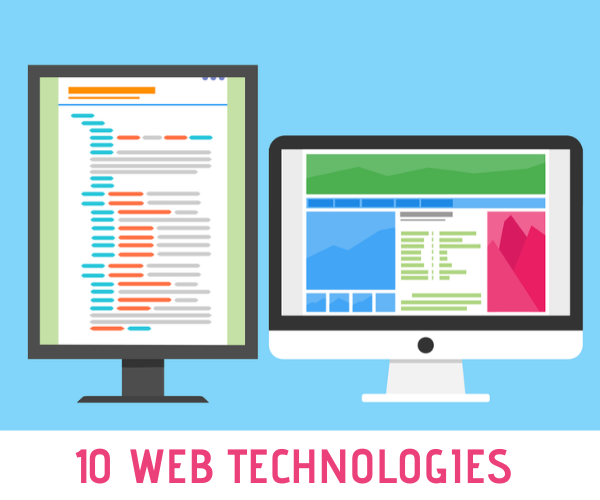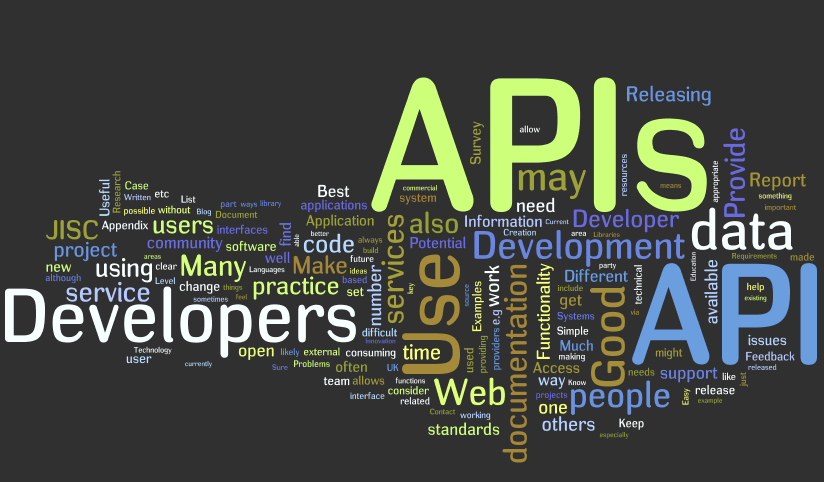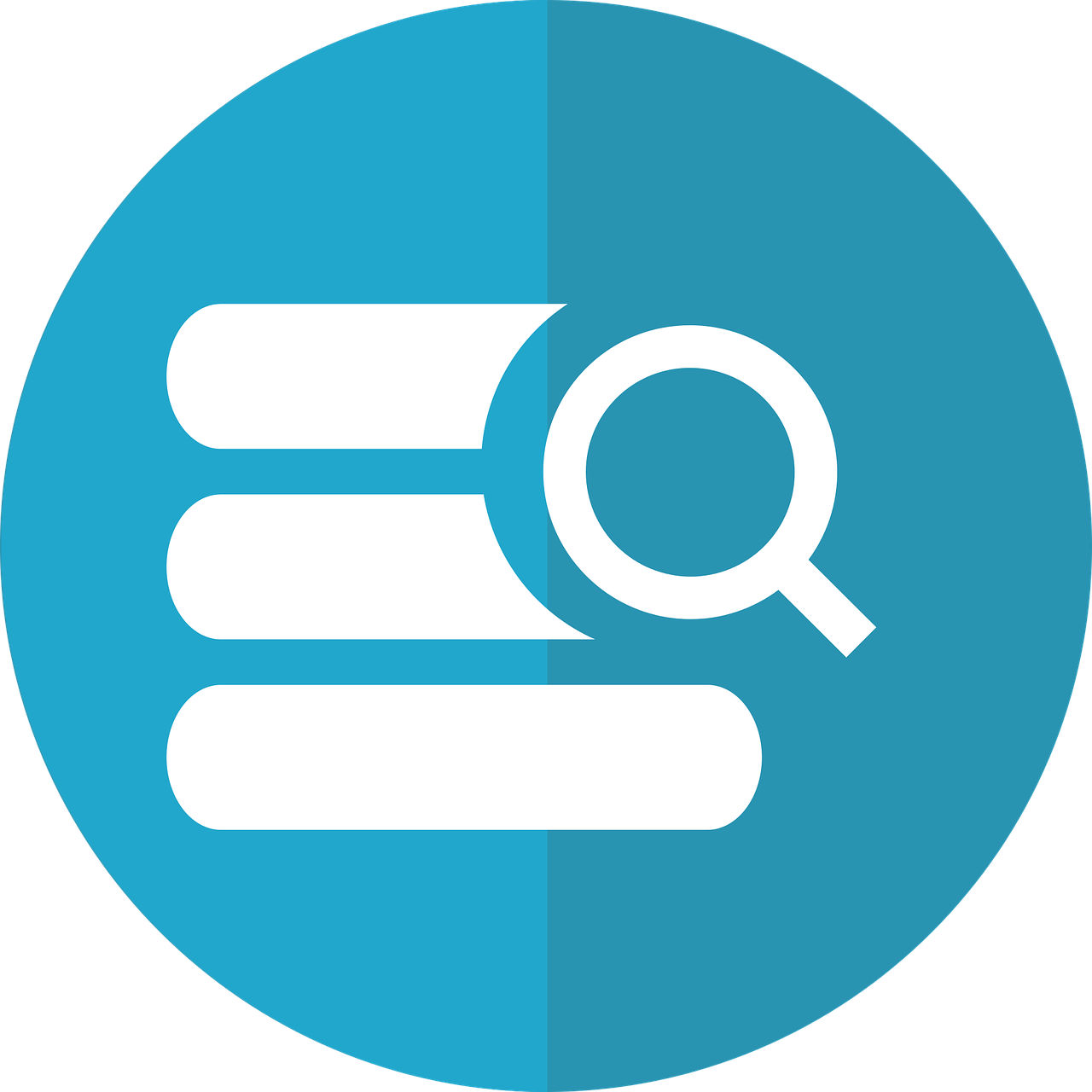My virtual people Blog
10 Web Technologies Every Web Developer Should Know (Final Part)

Web development originates with an enormous set of instructions, procedures, and protocols every web developer should recognize. If you want a website or web application to look and work as your/clients wish, then you must have to acknowledge the technologies that will help you to achieve your goal.
If you want to produce a website or web application efficiently, you need to know web technologies. In part 1, we discussed the definition of web technology and also discussed the web browser’s which are commonly used nowadays. In parts 2 and 3, we discussed the HTML & CSS and also discussed some web development programming languages (Java, JavaScript, PHP, Ruby, C++, C#, Python). In part-4, we have discussed some vastly used web development frameworks. In our previous part-5, we deliberate some broadly used web protocols. In this part, we will discuss APIs, Data formats, and our final thoughts regarding web development. This is our final part of this topic.

6 - API
API stands for an application programming interface. API derivates pre-defined functions and actions that permit superior geographies to be available over the internet.

Application Programming Interface permits other web application developers to use nearly the app’s functionality without allotment of the original code. API can governor admittance with an API key. Samples of healthy-made APIs are those formed by Facebook, Twitter, LinkedIn, Amazon and Google for their web services.
7 - Web API Data Formats
Data is warehoused in the structure named a data format.
Let’s discuss some common web API data formats.
JASON: Very popular web API data format is JASON. It is a JavaScript object notation. JASON is a syntax for packing and switching data or information.
.png)
XML: Largely cast-off by Microsoft organizations, it used to be the utmost popular data format.
CSV: CSV is a data formatted by commas; for example, Excel data.
8 - Static Website or Web Application & Dynamic Website or Web Application
One of the most common questions among the novice web developers is what is static & dynamic website? Initially, you have to know that a Website is a gathering of associated web pages that may contain text, images, links, audio, and video.
The static website or web application is the fundamental type of website that is very easy to make. You don't have to know the procedures of web programming and database design to make a static website. Static websites or web applications are created with HTML.
In static websites or web applications, codes are immovable for each page so the data contained in the page does not alteration and it looks like a printed page.
A dynamic website or web application is a gathering of dynamic web pages whose content changes enthusiastically. Dynamic websites access content from a database. So, when you modify or update the content of the database, the content of the website is also rehabilitated or updated. Dynamic website customs client-side scripting language or server-side scripting language, or both to produce dynamic content. They commonly used server-side scripting languages are such as PHP, SERVLET, JSP, ASP.NET, etc.
9 – Database
Databases are one of the Web designers and developers’ main tools for plateful high-quality websites, web application or products to clients.

There is various database management software available nowadays. Such as Oracle databases, MongoDB databases, Data tooth, Database Labs, MySQL, etc.
10 - Final Thoughts
The web development commerce is doing a prodigious job impending up with new frameworks, protocols, API’s, design trends, and mobile web app developments to gratify the never-ending demands and prospects of menfolk. And in the face of some obstructions and defects, it endures flourishing, embellishment and advance.
Web development technologies are changing day by day or rather should say it updating. So, if you want to compete or stay alive with this competitive world of web development you must have to be up-to-date with web technologies.


No comments yet